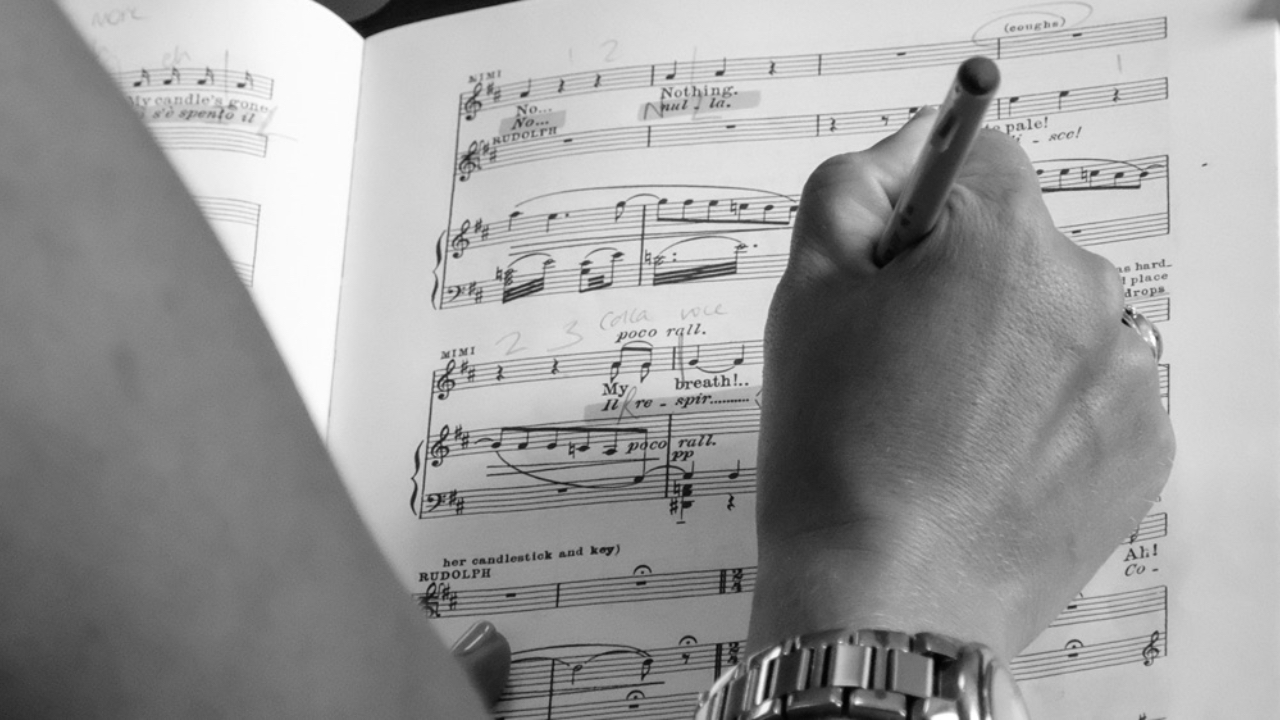
Auditioning in Italian: three tools in the text
Beyond demonstrating language ability, how can good diction help the singer in an audition scenario? Matteo Dalle Fratte, Melofonetica Founder, discusses three tools in the text that can help singers to both feel fully in control of their performance and to sing with greater impact.

In sung Italian there are specific tools directly linked to diction that can be very powerful in tackling the challenges of an audition. They are equally as important for performing in other settings, so I really encourage singers to master these.
Firstly: first impressions really count. It’s important for singers to use the text to fully engage the panel right from the very first word. That’s why the attacco del suono in Italian, meaning the ‘start of the sound’, is fundamental. This means articulating the beginning of the first line (and indeed subsequent lines) with well connected breath support and clear intention, both musically and dramatically. In the Melofonetica Method, the attacco del suono is usually achieved by using a long consonant at the beginning of a line – or preceding a vowel with a long glottal stop.
Secondly, a skilful use of rubato really makes a performance shine. In Italian, this means understanding which sounds in the text can be correctly lengthened to enhance expression without compromising diction. Sometimes this occurs on vowels, other times on consonants. This is where a singer can really add depth and emotion to their performance – and where the distinctive phonetic pattern and musicality of sung Italian truly emerge.
Thirdly, when put together, the sequence of long and short consonants that characterises the Italian language creates a roadmap through the score. Once the singer has identified all the long consonants in their text (including written double consonants and those applied for expression or emphasis), they can use these as anchoring points through the piece. These points help the singer to know where they’re heading, create more confident phrasing and make better use of tempo, timbre and dynamics.
We know that good diction in sung Italian isn’t just a nice addition but is integral to technique and overall performance. Many methods of singing over the centuries have mentioned the range of technical benefits that singing with good diction brings. As Pacchierotti, renowned 17th century singer and singing teacher famously said in his memoirs, “Chi sa ben sillabare e ben respirare, saprà ben cantare”, meaning he/she who breathes and articulates well, will sing well.
In a demanding audition scenario, it’s also reassuring for the singer to be able to draw on very specific tools within the phonetics of sung Italian in order to communicate their aria expressively and confidently to the panel.
Find out more
You can find out much more about the topics discussed here in the Melofonetica Method book. This includes vocalising exercises and free access to demonstrations in the accompanying audio recordings.
You may also be interested in attending one of our upcoming courses.
For any queries or to enquire about one-to-one audition preparation in sung Italian, feel free to get in touch here!

